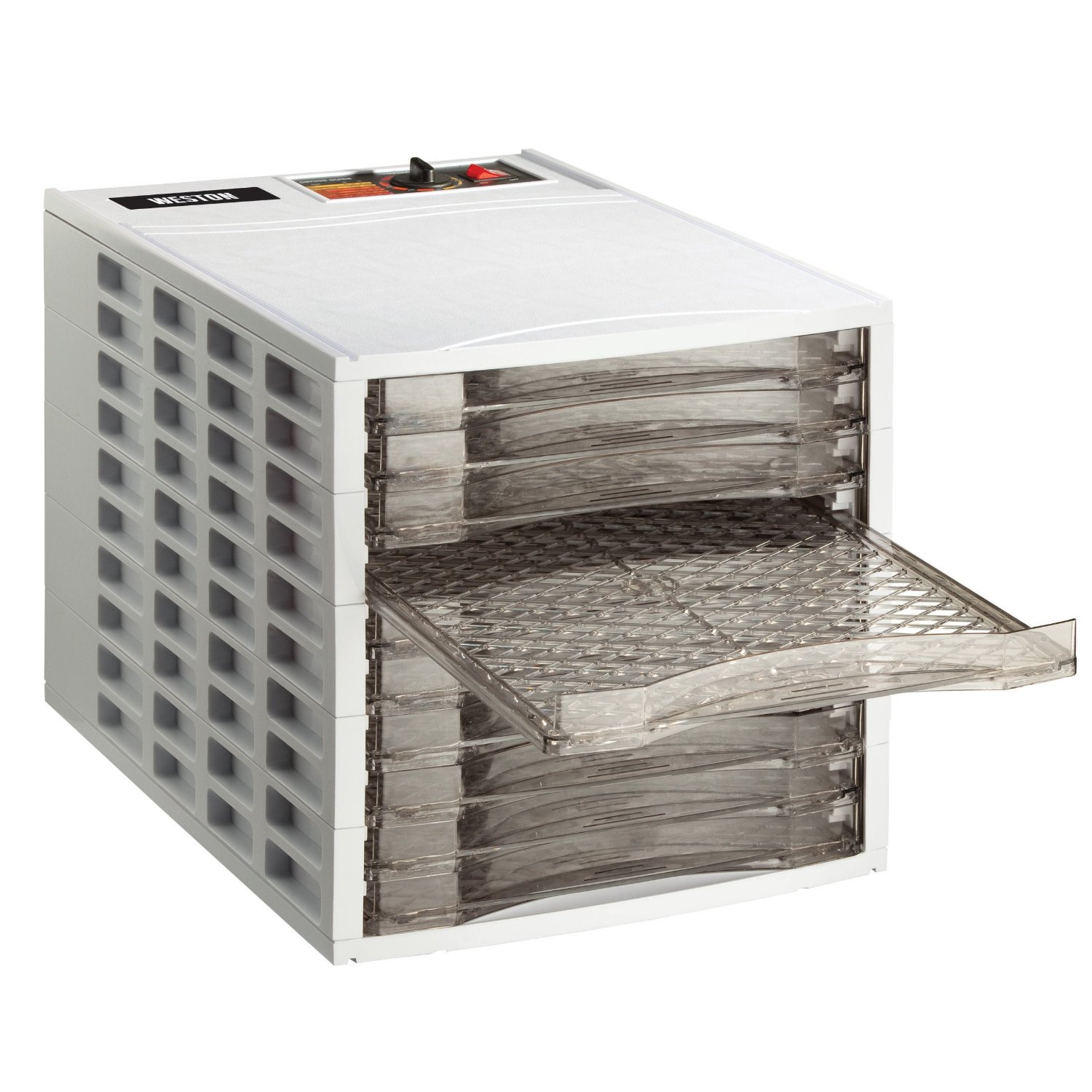Hugh,
Thanks to the author for a very informative article on food dehydrating. Dehydrating frozen vegetables from the grocery store is a very easy way for the beginner to start; however, as these small particles of food shrink they will fall between the openings of the trays. Don’t use cheesecloth unless you want to spend an hour with tweezers picking them free. Try to find a fiber-free porous inert material and then let me know what that is.
A pulverized mixture of various dried vegetables makes a great soup additive or a table seasoning. I’ve made dried soup mixes from dried and pulverized vegetables, beef jerky, and lentils. Add your homemade bone broth, miso, salt, and you have a hearty soup.
I agree with the author on choosing a dehydrator, however, I would like to point out that dehydrators can catch on fire. I had one that did due to a faulty heat control mechanism, and if you do an Internet search you will find that it can happen to any brand at any price level. If you have a fan and a heating element, you have a potential for fire. For this reason I would avoid buying second-hand and always place it on a non-combustible surface. – RT
HJL Comments: My personal preference for a dehydrator is the Weston Stainless Steel Food Dehydrator, which I purchased at Ready Made Resources. (It’s on sale right now for $299.)
To answer your question on liners though, I’ve tried quite a few. I’ve had good results with the baking parchment paper (from Walmart or Costco) and also with bamboo liners. The bamboo is good, but it is expensive and I’ve not found a good source for it yet. Mrs. Latimer tells me that her favorite is a set of Non-stick Dehydrator sheets she purchased off of Amazon. She used these this last summer and had very good results with them. Nothing falls through and nothing sticks to them. In order to use them, you need a dehydrator that moves the air horizontally across the food tray though. Dehydrators that move the air vertically through the trays will not work with these sheets.










